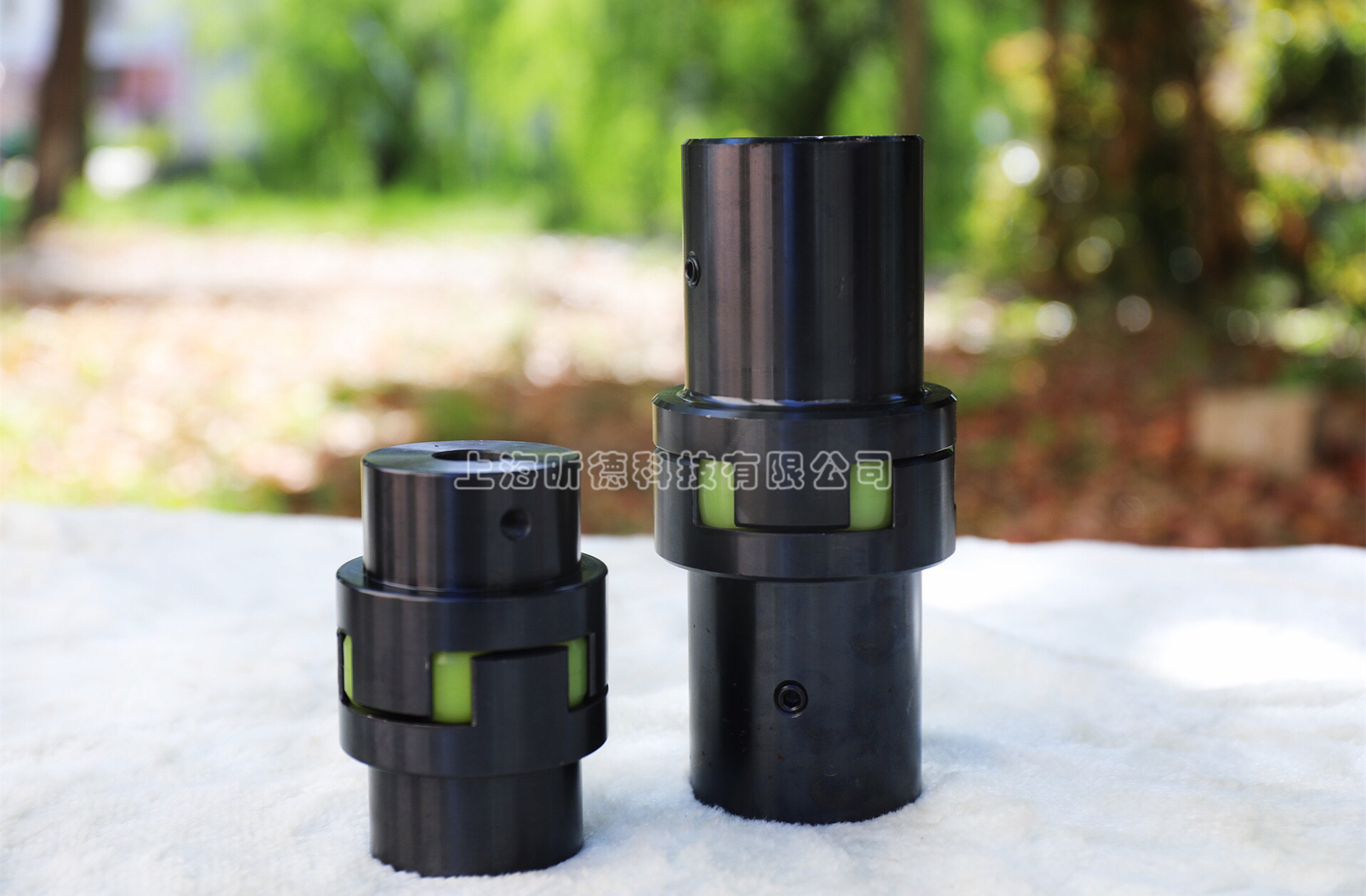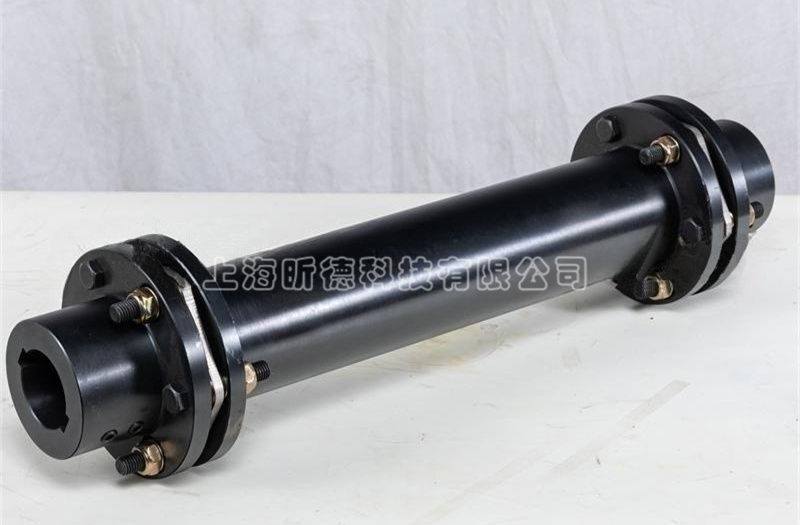Claw couplings and diaphragm couplings are two prevalent types of couplings, each boasting unique performance characteristics and applicable scenarios. So, how do you decide between a claw coupling and a diaphragm coupling? This article by Xinde aims to provide clarity through a comparative analysis of their performances, assisting you in making an informed choice.

Performance Comparison
1. Structure and Materials
Claw Coupling: Comprised of two metal claw disks and an elastic body (rubber, polyurethane, etc.). The metal claws are typically made of 45# steel or aluminum alloy, while the elastic body varies based on requirements. The elastic body comes in various configurations, including four, six, eight, and ten lobes.
Diaphragm Coupling: Features one or more diaphragms installed directly between two connecting bodies. The diaphragms are commonly crafted from stainless steel or surface-treated spring steel. This design ensures minimal elasticity in the rotational direction but excellent elasticity in the axial direction.
2. Torque Transmission and Durability
Claw Coupling: Offers high torque transmission capacity and good durability. Its elastic body absorbs vibrations, compensates for radial and angular deviations, ensuring stable operation of the transmission system. Ideal for applications requiring frequent starts, reversals, medium-to-high speeds, medium torques, and high reliability, such as in metallurgy, mining, petroleum, and chemical industries.
Diaphragm Coupling: Suitable for small-to-medium power and high-speed transmission systems. Although its torque transmission capacity is slightly inferior to that of the claw coupling, it excels in high-speed systems, offering better stability and vibration absorption. Additionally, diaphragm couplings have a long service life, particularly suitable for harsh environments.
3. Compensation Capability and Precision
Claw Coupling: Possesses significant axial, radial, and angular compensation capabilities, tolerating installation errors and deformations to a certain extent. However, it has a relatively low tolerance for eccentricity, necessitating precise alignment.
Diaphragm Coupling: Relies on the elastic deformation of diaphragms to compensate for relative displacements between two shafts, exhibiting high compensation capabilities. Ideal for applications requiring high rotational precision but with axial vibrations or the need for axial elasticity.
4. Environmental Adaptability
Claw Coupling: Suitable for general working environments but may be limited in extreme temperatures or corrosive environments. Some rubber-based claw couplings may experience performance degradation in high-temperature or oily environments.
Diaphragm Coupling: Particularly suited for use in wet and corrosive environments. The stainless steel or spring steel diaphragms are resistant to acids, alkalis, and corrosion, enabling stable operation in high-temperature, high-speed, and corrosive medium transmission conditions.
Selection Guide
1. Based on Application Scenarios
For applications involving frequent starts, reversals, medium-to-high speeds, medium torques, and high reliability, such as in metallurgy, mining, petroleum, and chemical industries, the claw coupling is recommended.
For small-to-medium power and high-speed transmission systems, or where high rotational precision is required but with axial vibrations or the need for axial elasticity, e.g., in generator sets and steam turbine piston-driven power machinery transmission systems, the diaphragm coupling is the preferred choice.
2. Considering Torque Transmission and Durability
If high torque transmission and durability are priorities, the claw coupling is the better option.
If focusing on stability and vibration absorption in high-speed transmission systems, the diaphragm coupling is more suitable.
3. Considering Environmental Factors
In extreme temperatures or corrosive environments, prioritize the corrosion resistance of the diaphragm coupling.
In general working environments, choose either the claw coupling or diaphragm coupling based on specific requirements.
4. Considering Installation and Maintenance
The claw coupling offers relatively simple installation and convenient maintenance, suitable for most applications.
Although the diaphragm coupling boasts a compact structure and high strength, precise alignment during installation is crucial to ensure optimal performance.

By now, you should have a clear idea of whether to choose a claw coupling or a diaphragm coupling. If you're still unsure, feel free to contact Xinde, a professional coupling manufacturer in Shanghai. We'll tailor your selection based on your needs and offer custom services for non-standard requirements!
Contact: Tina Lau
Phone: 13371933299
Tel: 021-34150570
Email: 13371933299@126.com
Add: No.388,Doushi road,Zhuanqiao town,Minhang district, Shanghai

